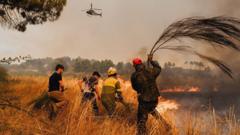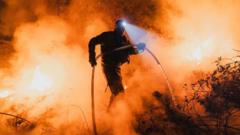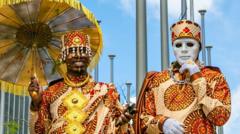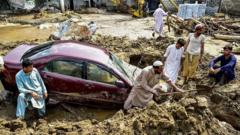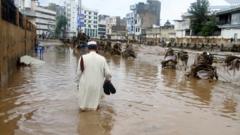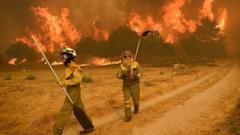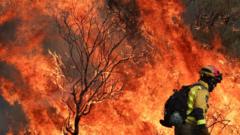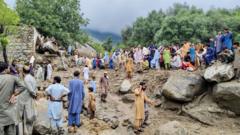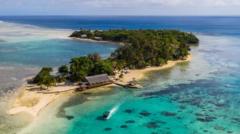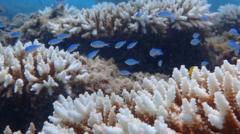The newly unveiled city, Peñico, offers crucial understanding of the connections between early coastal and highland societies, and their evolution post-Caral civilization.
**Ancient Trade Hub Discovered in Peru: New Insights into Pre-Columbian Civilizations**

**Ancient Trade Hub Discovered in Peru: New Insights into Pre-Columbian Civilizations**
Archaeologists reveal a 3,500-year-old city in Peru, thought to be pivotal for trade among early South American cultures.
Archaeologists have recently reported the discovery of Peñico, an ancient city located in Barranca province, Peru. Dating back 3,500 years, this site is believed to have played a critical role in trade and cultural exchange between the coastal communities on the Pacific and those residing in the Andes mountains and Amazon basin. Situated approximately 200 kilometers north of Lima at an altitude of about 600 meters (1,970 feet), Peñico is believed to have been established between 1800 and 1500 BC, a period that coincided with the rise of early civilizations in other parts of the world, such as the Middle East and Asia.
Drone images released by the research team highlight a circular structure at the city’s center, enclosed by various stone and mud buildings. Over eight years of archaeological investigation, experts have unearthed 18 structures, including religious temples and living complexes. Artifacts found at the site, such as ceremonial objects, clay figurines representing humans and animals, as well as intricately crafted necklaces from beads and seashells, further suggest Peñico’s significance in the ancient world.
This discovery is particularly noteworthy as it is located near Caral, recognized as the oldest civilization in the Americas, which emerged around 5,000 years ago in the Supe Valley. Caral was renowned for its monumental architecture, including pyramids, advanced agricultural systems, and urban development, all produced independently, without known influences from societies such as Ancient Egypt or Sumeria.
Dr. Ruth Shady, the archaeologist overseeing the research at Peñico and who led the excavations of Caral in the 1990s, emphasized the importance of this finding in understanding the fate of the Caral civilization following its decline due to climate-related challenges. She noted that the geographic positioning of Peñico would have made it a crucial center for trade, facilitating interaction among coastal, highland, and jungle communities.
The unveiling of Peñico underscores Peru's rich archeological landscape, which features numerous remarkable historical sites, including the iconic Inca formation of Machu Picchu and the enigmatic Nazca Lines etched into the coastal desert.
Drone images released by the research team highlight a circular structure at the city’s center, enclosed by various stone and mud buildings. Over eight years of archaeological investigation, experts have unearthed 18 structures, including religious temples and living complexes. Artifacts found at the site, such as ceremonial objects, clay figurines representing humans and animals, as well as intricately crafted necklaces from beads and seashells, further suggest Peñico’s significance in the ancient world.
This discovery is particularly noteworthy as it is located near Caral, recognized as the oldest civilization in the Americas, which emerged around 5,000 years ago in the Supe Valley. Caral was renowned for its monumental architecture, including pyramids, advanced agricultural systems, and urban development, all produced independently, without known influences from societies such as Ancient Egypt or Sumeria.
Dr. Ruth Shady, the archaeologist overseeing the research at Peñico and who led the excavations of Caral in the 1990s, emphasized the importance of this finding in understanding the fate of the Caral civilization following its decline due to climate-related challenges. She noted that the geographic positioning of Peñico would have made it a crucial center for trade, facilitating interaction among coastal, highland, and jungle communities.
The unveiling of Peñico underscores Peru's rich archeological landscape, which features numerous remarkable historical sites, including the iconic Inca formation of Machu Picchu and the enigmatic Nazca Lines etched into the coastal desert.

